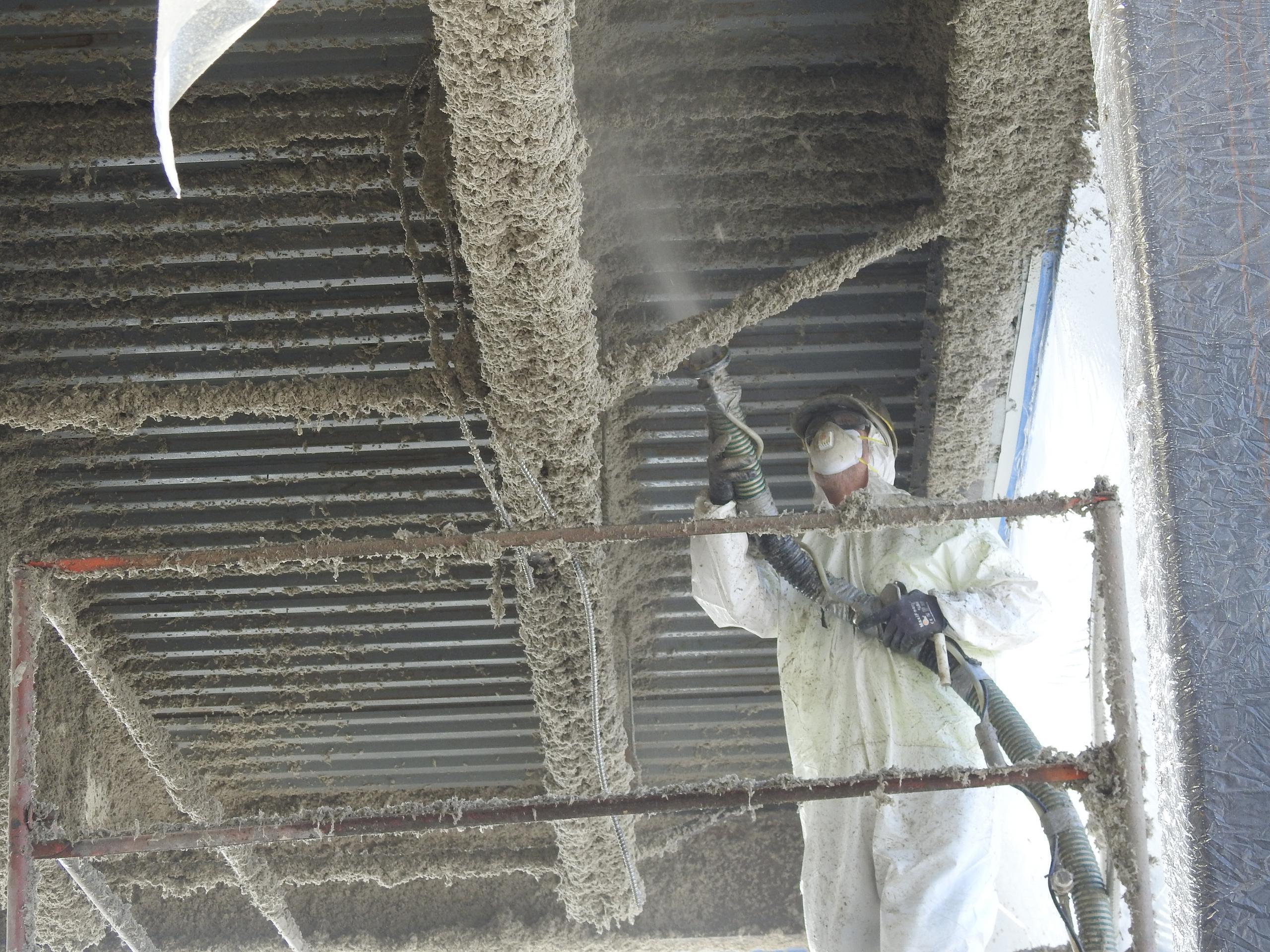When it comes to choosing the perfect ceiling material for your space, the decision often boils down to gypsum or PVC. Both materials offer unique advantages and cater to different needs. In this comprehensive blog post, we will delve into the intricacies of gypsum and PVC ceilings, exploring their characteristics, benefits, and drawbacks. By the end, you will have a clear understanding of which option suits your requirements best.
- Understanding Gypsum Ceilings:
Gypsum ceilings have been a popular choice for decades due to their versatility and aesthetic appeal. Gypsum, a naturally occurring mineral, is transformed into boards or panels for ceiling installations. Here are the key aspects to consider:
1.1. Durability and Strength:
Gypsum ceilings are renowned for their exceptional durability and strength. They can withstand impacts, resist fire, and provide excellent sound insulation. This makes them ideal for areas prone to high traffic or requiring enhanced safety measures.
1.2. Design Flexibility:
One of the major advantages of gypsum ceilings is their design flexibility. They can be easily molded into various shapes, curves, and patterns, allowing for intricate and customized designs. Gypsum ceilings offer endless possibilities to create unique and visually stunning spaces.
1.3. Moisture Resistance:
While gypsum ceilings possess numerous benefits, they are not suitable for areas with high humidity or moisture content. Prolonged exposure to moisture can cause damage, leading to sagging or mold growth. Proper ventilation and maintenance are crucial to ensure the longevity of gypsum ceilings.
- Exploring PVC Ceilings:
PVC (Polyvinyl Chloride) ceilings have gained popularity in recent years due to their affordability and low maintenance requirements. Let's delve into the key aspects of PVC ceilings:
2.1. Cost-effectiveness:
PVC ceilings are often more budget-friendly compared to gypsum ceilings. They offer a cost-effective solution without compromising on quality. This makes PVC ceilings an attractive option for those seeking an economical yet visually appealing ceiling solution.
2.2. Moisture Resistance and Easy Maintenance:
Unlike gypsum ceilings, PVC ceilings are highly resistant to moisture and humidity. They are impervious to water, making them suitable for areas prone to dampness, such as bathrooms or kitchens. Additionally, PVC ceilings are easy to clean and maintain, requiring minimal effort.
2.3. Limited Design Options:
While PVC ceilings offer practical benefits, their design options are relatively limited compared to gypsum ceilings. PVC panels are typically available in standard sizes and designs, restricting customization possibilities. However, advancements in technology have led to the introduction of more diverse PVC ceiling designs in recent years.
Conclusion:
In the battle of gypsum versus PVC ceilings, the choice ultimately depends on your specific requirements and preferences. Gypsum ceilings excel in terms of design flexibility, durability, and aesthetic appeal, making them ideal for spaces where customization and visual impact are paramount. On the other hand, PVC ceilings offer cost-effectiveness, moisture resistance, and easy maintenance, making them a practical choice for areas prone to humidity or for those on a tighter budget.



